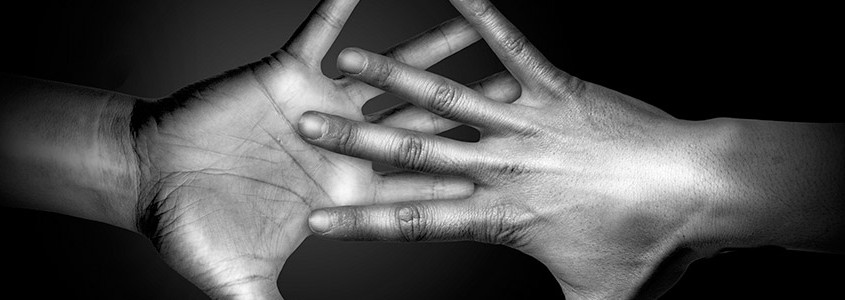Importance of Human Touch
Article By
Extensive research by the University of Miami’s Touch Research Institute has revealed that human touch has wide-ranging physical and emotional benefits for people of all age groups. In the Institute’s experiments, touch lessened pain, improved pulmonary function, increased growth in infants, lowered blood glucose and improved immune function. Human touch is important for all ages, but by the time children reach their teen years, they receive only half as much touching as they did in the early part of their lives. Adults touch each other even less.
Infants
Newborns that are touched gain weight faster and have superior mental and motor skill development—an advantage they retain for months. Touching on the back and legs generally soothes babies while touching on the face, belly and feet tends to excite them. In the earliest stages of a child’s life, touch is a critical part of the establishment of a bond between parent and child. It is also the earliest form of parent-child communication.
Societal Inhibitions
Adolescents and adults need touch too, but societal inhibitions sometimes get in the way. You may find yourself wavering between a handshake and a hug when greeting or saying goodbye to colleagues or acquaintances because adults tend to equate touch with sexuality. To help find a socially acceptable middle ground, try touching a friend’s lower arm, hand or shoulder lightly during a conversation. Both you and your friend will benefit from this tactile form of communication.
Physical Effects
Researchers at the University of Miami Touch Research Institute found that touch with moderate pressure stimulates a cranial nerve that slows the heart rate and lowers blood pressure. This produces a state that is relaxed but more attentive. Touch also reduces stress hormones and may enhance immune function. In a Touch Research Institute study, medical staff and students that received massages for 15 minutes a day over the course of a month were more accurate and took less time on math performance tests than their counterparts who did not receive massages.
Aggression
There is some evidence that the level of aggression and violence among children is related to lack of touching. In two separate studies, Touch Research Institute researchers found that French children received more touching from parents and their peers and were less aggressive than their American counterparts. By contrast, American children had less physical interaction with their parents and tended to touch themselves—for example playing with their hair—more than they touched their peers.
Seniors
Senior citizens receive the least touching of any age group. This may be due, at least in part, to emphasis on young-looking skin and the implication that older skin is unattractive and thus untouchable. Seniors also are more likely to live alone, which means they are less likely to have daily physical interaction with family members. Nonetheless, the aging process tends to loosen inhibitions, so seniors are more likely to touch and to accept touching than younger age groups, especially teenagers.


